Elastomere gaskets
Elastomeric Gaskets are made of one type of solid rubber which is either cut from a sheet/roll or moulded/extruded to a specification. These gaskets are suited for low pressure, low temperatures and will create a seal with a low bolt load. O-rings fall into this class of gasket and are particularly suited to tongue and groove applications.The use of these gaskets are limited to the operational working conditions that the type of rubber exhibits. Since rubber gaskets will not compress, only deform, steel support ring prevents blow out of gasket & enhanced the life of gasket.
Elastomeric sheet compounds mark the entry level to KLINGER's sheet-sealing range of products. Suitable for all typeof flanges which include plastic & steel. Consisting of base polymers with the insertion of vulcanising agents, fillers, pigments and various additives, elastomeric gaskets offer effective, low sealing stress seals typically for low temperature, low pressure applications.
Elastomeic gasket having good adhesion between the rubber & steel ring. It can be used in uneven flanges, can be handled easily, provide better sealing performance since it require low bolt load.
Elastomeric gaskets have relatively soft compression characteristics requiring relatively low loads to effect a seal, incorporated with excellent recovery properties due to their self-energising behaviour.
RUBBER
Natural Rubber (NR)
The original gum rubber possesses several excellent mechanical properties. It has good tear and abrasion resistance, high resilience and good low temperature flexibility.Its use is limited in gaskets by very low chemical resistance (especially to solvents and oil which greatly reduce its strength), poor resistance to sunlight and ozone (which causes cracking) and the restricted temperature range.
Neoprene (CR) - Neoprene is the registered trade name of Du Pont.
The oldest of the bulk produced synthetics. More correctly referred to as polychloroprene. It is superior to NR and SBR in resistance to ozone, sunlight and weather. It also has a degree of resistance to attack by petrol, mineral oil and other light hydrocarbons and can be made flame resistant.It only has moderate low temperature flexibility and tends to suffer from poor compression set especially when hot
Styrene Butadiene (SBR)
A synthetic equivalent to natural rubber. The two are usually compounded together to produce an elastomer with similar mechanical properties to NR but with better high temperature performance, flexibility and a slightly greater resistance to attack from animal and vegetable oils.
Nitrile (NBR)
A copolymer of butadiene and acrylonitrile. Especially resistant to mineral oils and aromatic and aliphatic hydrocarbons and alcohols – depending on the actual nitrile content of the elastomer. High and low temperature performance can be good. Oil resistance can be increased by compounding, at the expense of low temperature flexibility. Ozone, sunlight and weather resistance is poor.
Ethylene Propylene (EP)
Often supplied in a diene modified form (EPDM). It has good mechanical properties and is resistant to ageing, weathering, ozone, oxygen, steam and water. It is especially resistant to phosphate ester based hydraulic fluids but is not recommended for use with petroleum oils or fluids. Good resistance to mineral acids.
Butyl (IIR)
A copolymer of isoprene and isobutylene. Similar to EPin, its ability to cope with phosphate ester based hydraulic fluids and mineral oils. It is highly impermeable to gas and moisture and has good general chemical resistance including mineral acids. Resistance to petroleum oils and fluids is low
Silicone (SI)
Unlike the other elastomers which are based on the carbon atom, silicones are semi-organic and based on silicon-oxygen chains. They are resistant to water, ozone and sunlight and can be made to perform at very low or high temperatures (-100°C to 250°C). Silicone is odourless and tasteless and will not support bacterial life. It should not be used for steam at high pressures or with oils, petrols or other hydrocarbons.
Viton (FPM) - Viton is the registered trade name of Du Pont.
A copolymer of vinylidene fluoride and hexafluoropropylene. It will cope well with petrol, oils, chlorinated solvents, concentrated alkalis and fuming acids. Ozone and weather resistance are excellent and high temperature performance is good. It has poor low temperature flexibility and should not be used with some esters or ketones.

 Aerated Concrete Block Industry
Aerated Concrete Block Industry 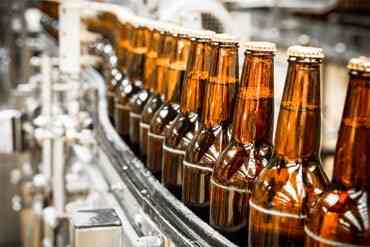 Brewery Industry
Brewery Industry  Captive Cogen Industry
Captive Cogen Industry 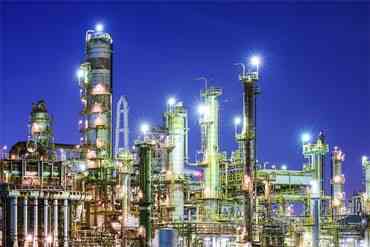 Chemical Industry
Chemical Industry  Dairy Industry
Dairy Industry 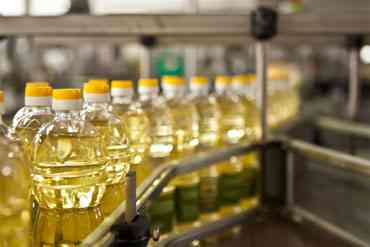 Edible Oil Industry
Edible Oil Industry 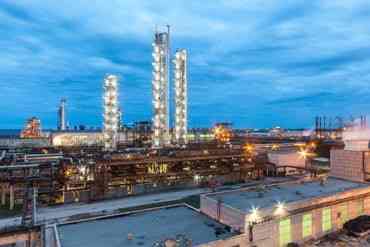 Fertilizer Industry
Fertilizer Industry  Hotel Industry
Hotel Industry 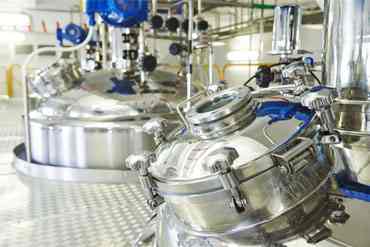 Pharma Industry
Pharma Industry 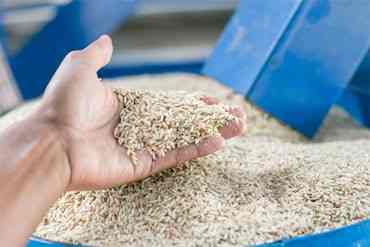 Rice Industry
Rice Industry 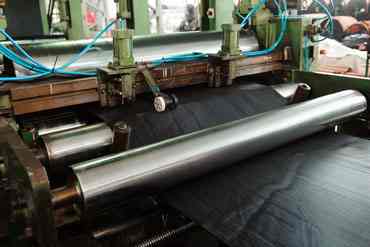 Rubber Industry
Rubber Industry 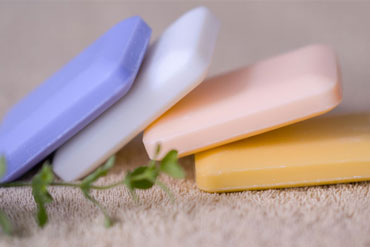 Soap Industry
Soap Industry 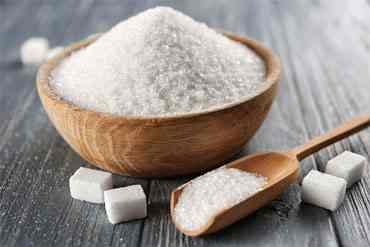 Sugar Industry
Sugar Industry  Textile Industry
Textile Industry 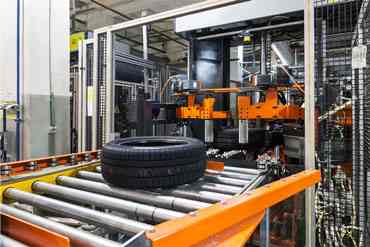 Tyre Industry
Tyre Industry